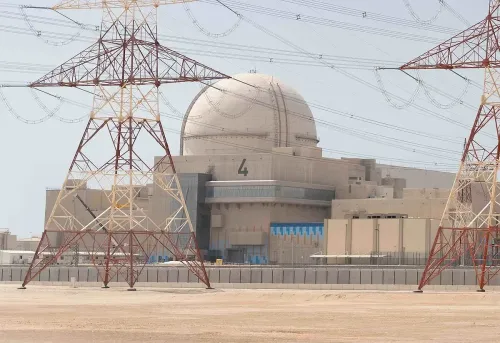How Much Wealth Does India’s Top 1% Hold in Real Estate and Gold?

Synopsis
Key Takeaways
- 1% of India's population controls 60% of assets.
- The affluent segment holds $11.6 trillion in wealth.
- 70% of India's financial assets are held by this group.
- Investment opportunities lie beyond gold and real estate.
- Income and wealth inequality are major issues in India.
New Delhi, Aug 4 (NationPress) According to a recent report, the wealthiest 1 percent of India's population has allocated a staggering 60 percent of their financial assets into real estate and gold.
This group, known as the Ultra High Net Worth Individuals (UHNI), High Net Worth Individuals (HNI), and the affluent class, consists of merely 1 percent of Indian households. However, they command nearly 60 percent of the nation's overall assets, as highlighted by a report from the US-based wealth management firm Bernstein.
This elite segment boasts a total wealth of $11.6 trillion, which represents 70 percent of India’s financial assets. The overall household wealth in India is estimated at $19.6 trillion, with this affluent group holding $11.6 trillion or 59 percent of it.
Of this wealth, only $2.7 trillion is directed towards manageable financial assets, such as mutual funds, stocks, insurance, and banking or government deposits. The remaining $8.9 trillion resides in non-manageable assets, which include gold, cash reserves, promoter equity, and physical real estate.
The report suggests significant growth opportunities for asset management firms aiming to increase their assets under management (AUM) in the upcoming decade, as India's wealthy class seeks to diversify their investments beyond gold and real estate.
It also points out the considerable underutilization of formal wealth management services within this affluent group, with a substantial portion of their financial resources remaining unaddressed. Previous findings from Bernstein indicated that specialized wealth managers possess only 11 percent of the liquid financial assets in India.
The findings further emphasize a broader structural issue in India: while income disparity is pronounced, wealth disparity is even more striking. The report notes that the top 1 percent earns 40 percent of all income, while the remaining population holds only a minor share of both income and assets.
There are roughly 35,000 UHNI households with net worth exceeding $12 million (or Rs 100 crore). These households boast an average asset value of $54 million (or Rs 472.5 crore), which includes $24 million (or Rs 210 crore) in financial assets.
According to the report, this affluent segment collectively possesses $4.5 trillion in financial assets, which equates to 70 percent of the entire country’s financial wealth.









